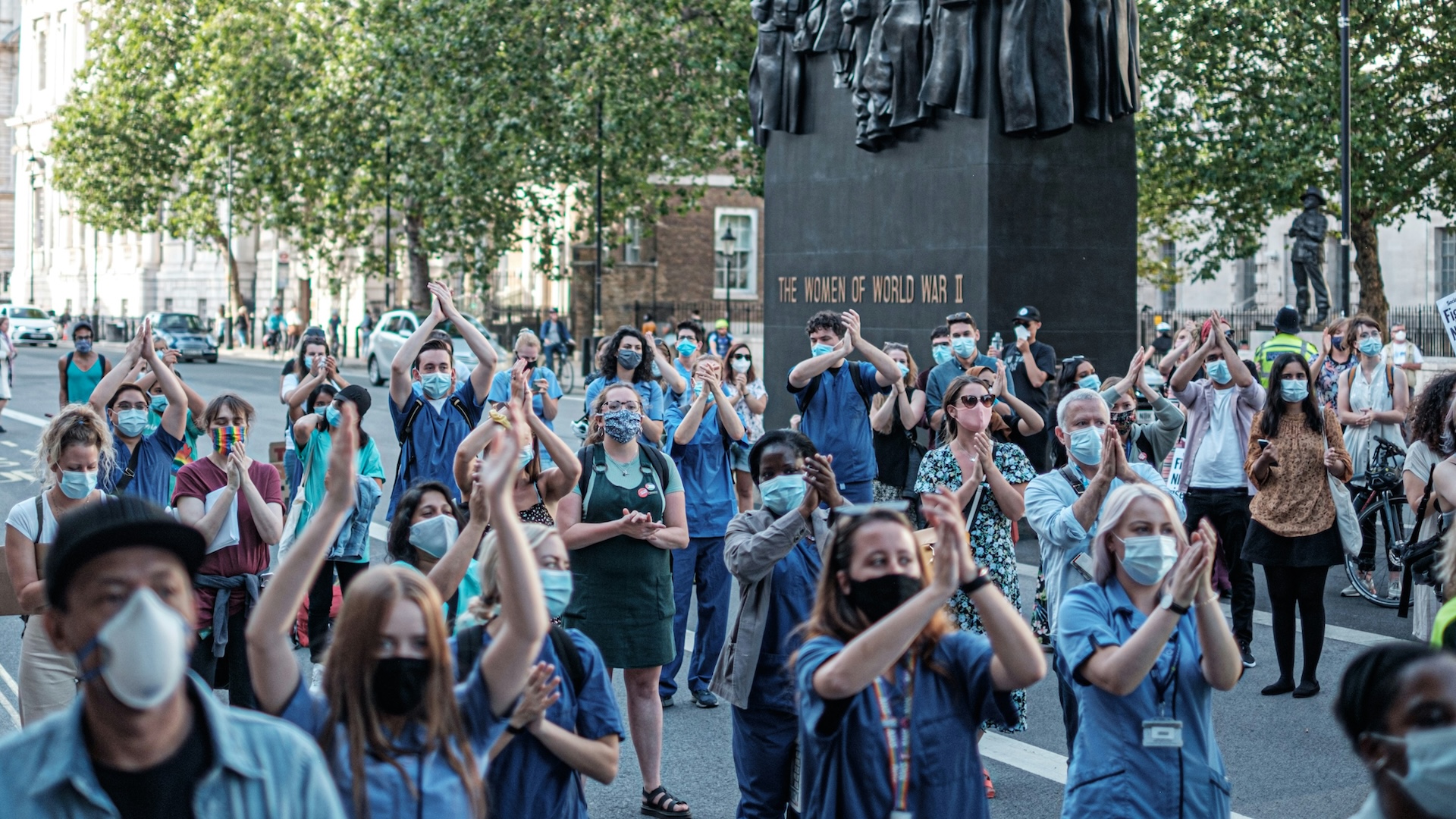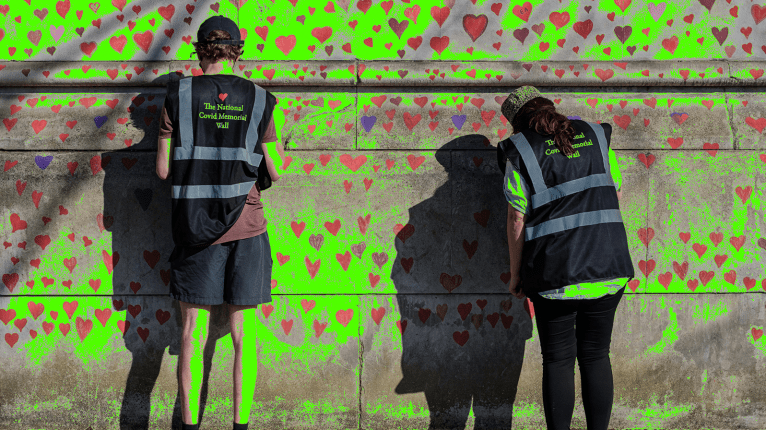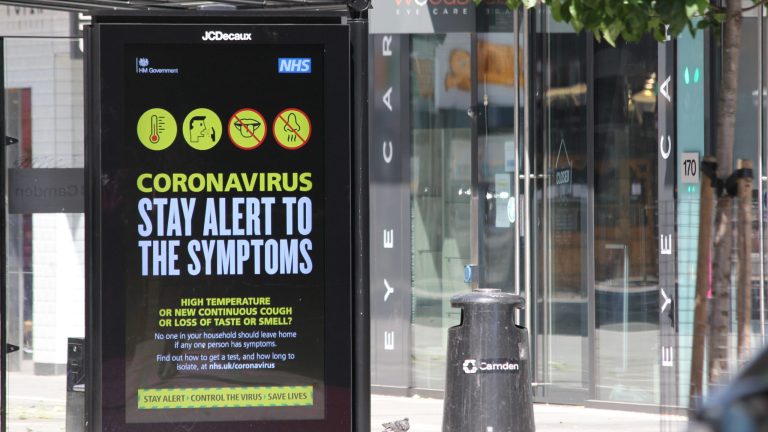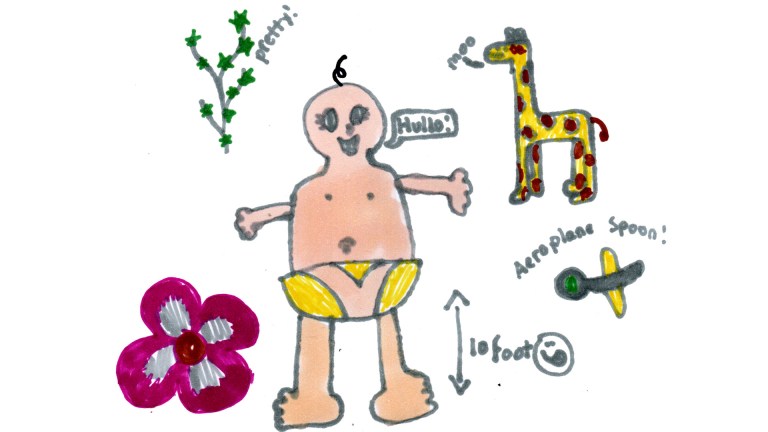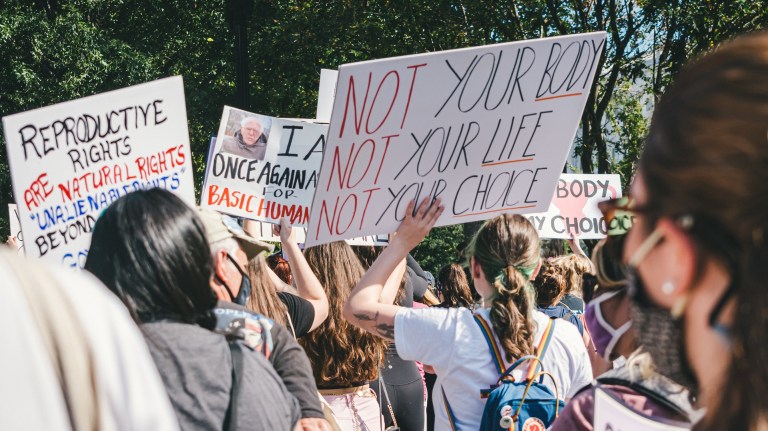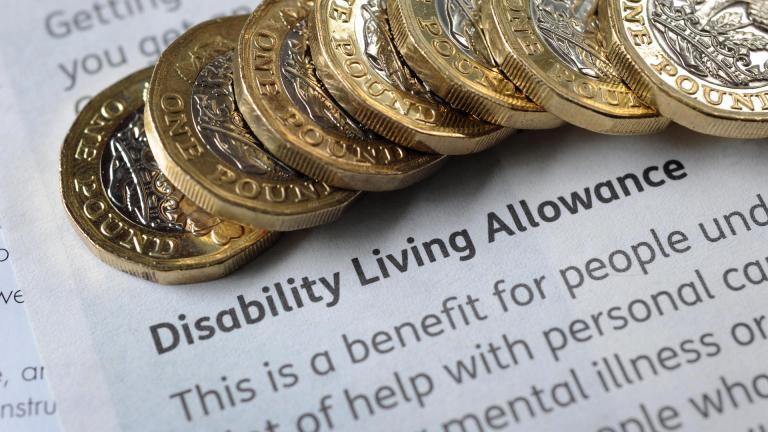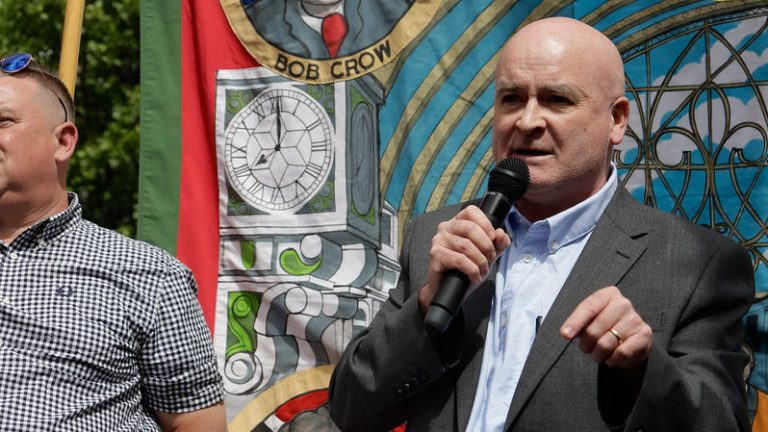In the early pandemic, such visible public support was not lacking. The nation’s windows were adorned with children’s pictures of rainbows; murals of masked nurses as heroes appeared on the side of buildings; farmers dug NHS symbols into their fields; landmarks like The Shard and Tyne Bridge were illuminated blue; Captain Tom lapped his garden. Politicians, too, lined up to praise our “healthcare heroes”.
But goodwill only goes so far. Five years on, our health workforce are overworked, underpaid – and rapidly burning out.
“We’re in a worse position than we were before the pandemic,” says Dr Alom. “Our workforce is suffering. There’s not much money for investment. I think it’s a very fragile system. Another pandemic would just break us.”
How the NHS dealt with the Covid-19 pandemic
The first wave of Covid overwhelmed the NHS; over the first nine weeks, there were 47,243 excess deaths in England and Wales alone.
Beleaguered health staff felt “totally unequipped”, recalls Dr Alom: “We were just totally focused on trying to keep people alive,” he adds. He worked in hospitals in Leicester and London during this period.
“I learned that people in my own community in East London, the British Bangladeshi population, were at the highest risk of mortality from Covid,” he says. “So I moved back.”
Advertising helps fund Big Issue’s mission to end poverty
“It was completely relentless, and to be honest, quite harrowing”
According to a 2022 King’s College London (KCL) study, almost half of intensive care staff in England reported symptoms of post-traumatic stress disorder, severe depression or anxiety during the virus’ first wave. One in seven had thoughts of self-harming or being “better off dead”.
It was a deeply traumatic period, says British Medical Association (BMA) chair of council, professor Phil Banfield.
“The Conservative government was quick to applaud the efforts of healthcare workers during Covid-19, but we saw very little in the way of tangible long-term help for the frontline,” Banfield said. “Staff often had no PPE at all, especially at the start of the pandemic, while others had to reuse items because supplies were so limited. Some staff even made or bought their own, and many schools around the country 3D printed eye protection.”
Anger at the government was widespread, adds Dr Alom. “The public have always supported us,” he says. “But to have the prime minister and the chancellor clapping for us, but also not providing appropriate help, and breaking the rules that they had set, that was sort of a slap in the face. I don’t think healthcare workers will forgive politicians for that.”
A 2021 survey asked healthcare workers ‘Do you think the “clap for carers” was a helpful response from the public?’ Just a third said yes, while most expressed mixed feelings.
Advertising helps fund Big Issue’s mission to end poverty
“It distracts from the issue that health and social care are underfunded,” one respondent told researchers. “A more useful response would be a campaign of lobbying government to provide adequate funding.”
The 2010s were the most austere decade since the NHS was founded, according to the independent Lord Darzi report published last year. Spending grew at around 1% in real terms per year, against a long-term average of 3.4%. Meanwhile, the system recorded a £37bn capital investment shortfall.
The result: a health service in crisis, long before the pandemic. Between 2010 and February 2020, the elective waiting list doubled from 2.3 million to around 4.6 million. The NHS’s resilience, Lord Darzi wrote, was “at a low ebb” long before the first cases of the virus.
“The NHS went into the pandemic on the back foot,” adds professor Banfield. “So our services were pushed to the brink and we really struggled to get through and only did so through the dedication and sacrifices made by staff and the public.”
The NHS delayed, cancelled or postponed far more routine care during the pandemic than any comparable health system. Between 2019 and 2020, hip replacements in the UK fell by 46% compared to the OECD average of 13%. Knee replacements crashed by 68% compared to an average fall of 20%. Across the board, the number of discharges from UK hospitals fell by 18% between 2019 and 2020, the biggest drop across comparable countries.
“The health service was battered by Covid-19, and you can see it every day because we can’t give the level of care we want to,” Dr Banfield adds.
Advertising helps fund Big Issue’s mission to end poverty
“In hospitals, patients are treated in corridors because we’re so overwhelmed. In general practice, patients are waiting far too long for a GP appointment and when they do, it’s often not with the same doctor, which is what family medicine is all about. Staff mental health and morale also remains poor, with high levels of burnout, stress and trauma.”
This collective burnout contributed to unprecedented industrial action between 2022 and 2024. Junior doctors, citing a nearly 30% real term pay reduction since 2008, conducted 44 days of strikes over 18 months. The Royal College of Nurses (RCN) took strike action for the first time in the RCN’s history, rejecting a “derisible” pay offer. In August 2024, general practitioners (GPs) in England voted overwhelmingly for industrial action – the first in 60 years – protesting inadequate funding in the budget. Nearly half of GP surgeries participated.
There is a link between the Covid-19 pandemic and the strike action, says Sarah Scobie, deputy director of research at the Nuffield Trust.
“The strikes were a manifestation of a broader set of concerns of staff about how their well-being was being prioritised and about what support there was more generally,” she said.
“Claps don’t pay the bills” was a common chant on picket lines.
The Labour government has settled the pay dispute with junior doctors, and the RCN has no national level strikes currently planned.
Advertising helps fund Big Issue’s mission to end poverty
Nonetheless, there are indications that staff wellbeing is still relatively low. The next staff wellbeing survey is due to be published later this month, and existing metrics paint a worrying picture.
“It will be interesting to see the staff survey when it comes out,” says Scobie. “But there are persistent challenges, for example, in staff absence, which is a good measure of overall staff wellbeing.”
“Sickness absence remains higher among NHS staff than it was before the pandemic… we know that where staff sickness is high, those people are more likely to leave, to leave their jobs in the next six months.”
A lot hinges on the government’s 10-year plan for the NHS, due to be published later in the spring. Plans include using more technology to create a “digital NHS”, shifting more care out of hospitals and into communities, and moving from treating sickness to focusing on prevention. Keir Starmer has previously hinted at dramatic changes to the funding model: “we have to fix the plumbing before we turn on the taps”.
But the taps need to be turned on, and fast, says professor Banfield – to adequately pay and recruit staff.
“Fundamentally, the UK doesn’t have enough health and social care staff or hospital beds,” he said. “We’ll have to see what this government does, but NHS staff will do what they’ve always done – get on with the job the best they can for the people they serve.”
Advertising helps fund Big Issue’s mission to end poverty
The numbers of NHS staff leaving for health reasons have nearly quadrupled in the last decade, Nuffield Trust research suggests; this includes “work-related sickness and burnout”.
Dr Alom is “cautiously hopeful” that the government takes these issues seriously. If the system isn’t funded, more and more of the ‘healthcare heroes’ we clapped for in the Covid-19 pandemic will leave.
“This will be a milestone year for healthcare workers,” he said. “We’ve got lots of big reviews and recommendations coming out. You’ve got the 10-year plan, you’ve got a workforce plan. You’ve got wider changes to urgent and emergency care.
“These are important pieces of work: it will be a shame if just become nothing more than PR announcements. It remains to be seen what action results from them.”
Do you have a story to tell or opinions to share about this? Get in touch and tell us more. Big Issue exists to give homeless and marginalised people the opportunity to earn an income. To support our work buy a copy of the magazine or get the app from the App Store or Google Play.
